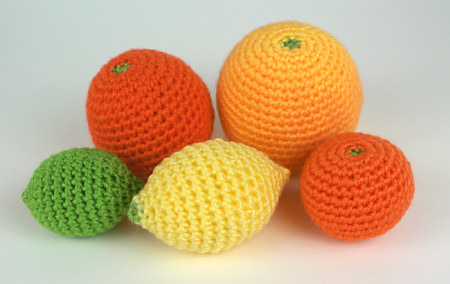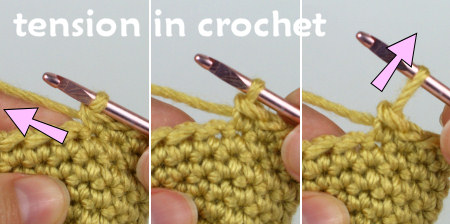
I have someone who’d like to say hello: it’s my newest commissioned design, the Sloth! He’s fully poseable with his jointed limbs and feet that can be clipped together, and I had a very fun photoshoot setting him up in different positions in the tree in my garden 😀 Sloth Fun Sloths are very popular […]






















